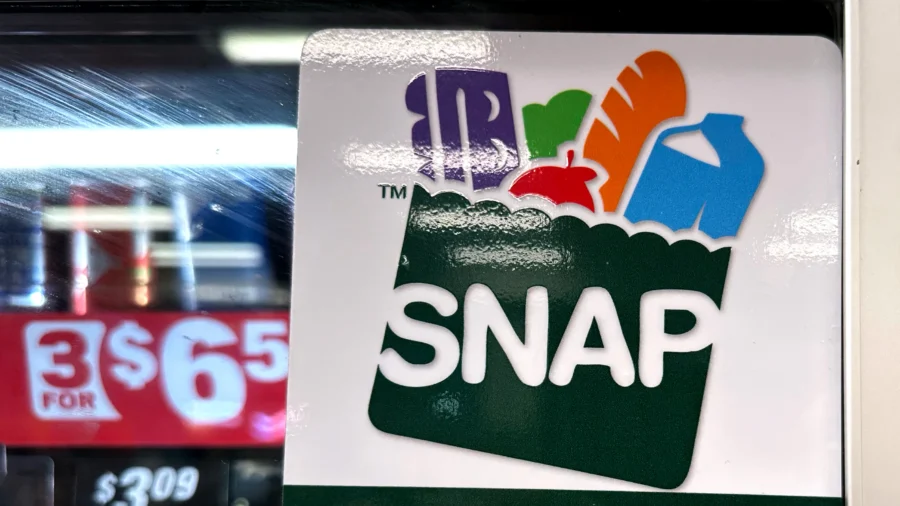
After more than a month of federal funding uncertainty and partial meal assistance, states across the nation are racing to deliver full Supplemental Nutrition Assistance Program (SNAP) benefits to millions of needy Americans now that the most extended U.S. government shutdown has ended.
The urgent restoration effort reflects the complicated patchwork that has defined November’s food assistance distribution, with roughly two-thirds of states issuing only partial benefits or none at all until late Wednesday, when the government shutdown ended.
The federal food program serves about 42 million people—roughly one in eight Americans—from lower-income households. Recipients typically receive an average of $190 per person per month for groceries.
The U.S. Department of Agriculture issued new guidance Thursday ordering state agencies to “take immediate steps to ensure households receive their full November allotments promptly.”
“But keep in mind, the SNAP program is funded by the federal government, but it is the 50 states and 50 different infrastructures that move that money out, which is what made it so complicated, the patchwork,” Rollins told CNN’s Pamela Brown.
In Arkansas, the Department of Human Services announced Thursday that full November SNAP benefits would be accessible at midnight for purchases. Department Secretary Janet Mann acknowledged the hardship: “This has been difficult for our beneficiaries, and we are incredibly appreciative to our partners across the state who helped bridge the gap through food pantries, donation drives, and other assistance efforts.”
South Carolina and West Virginia officials indicated recipients would receive their full monthly allocations by Friday. Colorado switched from partial to full SNAP benefits on Thursday, while Illinois officials said remaining November payments would roll out with all recipients receiving their full allotment also by Thursday.
Alabama promised to issue complete benefits on Thursday. North Carolina, having distributed partial payments the previous week, committed to loading full monthly amounts onto electronic cards by Friday.
The funding confusion stemmed from Oct. 24, when the USDA announced it would not fund SNAP benefits for November during the government shutdown.
After judges ruled the Trump administration must tap reserves to fund SNAP, officials said they would provide up to 65 percent of regular allocations. When another judge then ordered full benefits, some states rushed to distribute payments during a narrow window before the Supreme Court intervened, halting the order on Nov. 7.
The challenges posed by the SNAP benefit uncertainty prompted some states to deploy their own resources, providing direct aid or additional funding to nonprofit food banks struggling with higher demand.
SNAP is a ‘Broken Program’
The legislation reopening the government secured a crucial guarantee: full SNAP funding for November and the remainder of the federal fiscal year through September.
While funding will no longer be an issue for families receiving SNAP in the immediate future, Rollins said the program still has several issues to be worked out.
“SNAP is a broken program. SNAP is full of corruption. We found 186,000 dead people. We asked for the SNAP data earlier this year, [which has] never been turned over to the federal government before, we had 29 states turn it over, mostly red states, 21 states said ‘no,’” she told CNN.
“We’re in litigation. From just those 29 states, we have found, again, almost 200,000 dead people. It’s just, it’s remarkable.”
The Associated Press contributed to this report.


